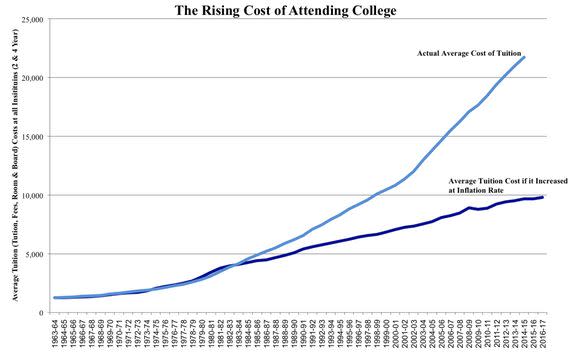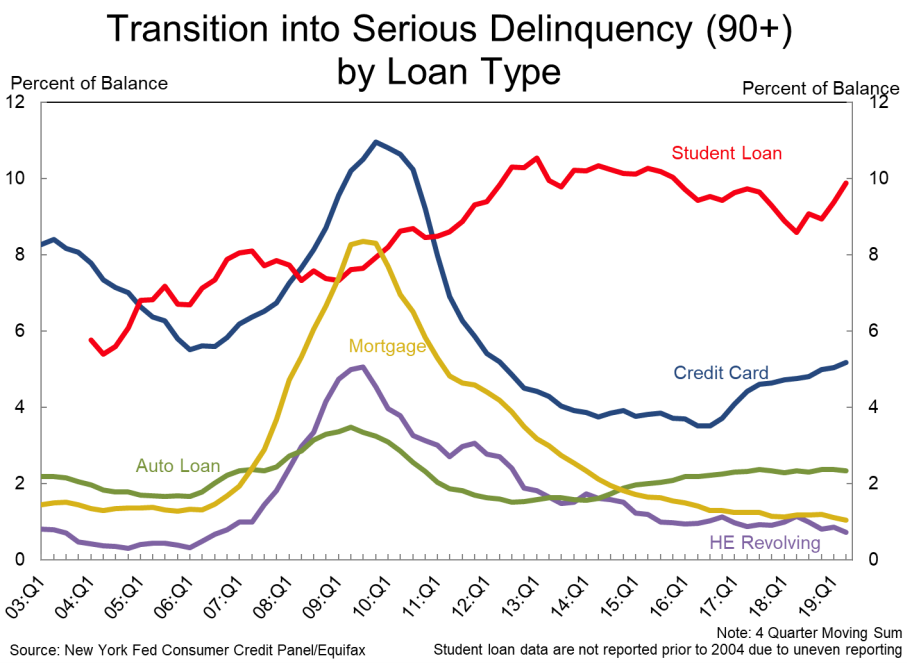New Mexico is trying to make college free with 'an absolute game-changer'
New Mexico Governor Michelle Lujan Grisham announced plans to make college tuition free for around 55,000 students on Wednesday.
"This program is an absolute game-changer for New Mexico,” Grisham said at the 2019 New Mexico Higher Education Summit. “Higher education in this state, a victim of the recession, has been starved in recent years.”
She added: “By covering the last dollar of tuition and fees, by making college significantly more accessible to New Mexicans of every income, of every background, of every age, we are putting students first. We are creating meaningful opportunity for all.”
Gov. Grisham’s plan — called the New Mexico Opportunity Scholarship — would pool together state and federal scholarships and grants to cover 100% of all undergraduate tuition and fees at 29 of New Mexico’s institutions of higher-education. In-state resident students are all eligible, regardless of their household income, and applies to two and four-year colleges.
The program would cost an estimated $25 million to $35 million annually.

‘This plan will really help’
Higher education experts told Yahoo Finance that New Mexico’s move was a step in the right direction.
“The rising cost of higher education demands national attention,” Kestrel Linder, co-founder and CEO of GiveCampus, told Yahoo Finance. “Three in four college students attend a public college or university and in the last decade median in-state tuition at these institutions has increased by more than 15%, after adjusting for inflation.”

New York Fed data also reveals that those that resorted to borrowing for school are finding it harder and harder to pay their student loans back. The percentage of student debt in New Mexico that’s seriously delinquent and/or in default has grown from nearly 8% in the last quarter of 2003 to 15% in the last quarter of 2018.
Temple University Professor of Higher Education Policy and Sociology Sara Goldrick-Rab noted that these minority communities, especially those from low-income households, will benefit thanks to the scholarship.
According to one report, the average tuition and fees at public four-year institutions in New Mexico in 2017 formed 20% of the median household income for black people and 17% for Hispanic people. For non-Hispanic white people, the same amount only formed 12%.
And while New Mexico is “the most diverse state in the U.S… education attainment lags national average, and college access is especially limited for people of color,” said Goldrick-Rab. Even if they get in, “New Mexico’s estimated college participation rate for students from low-income families is only 22%, compared with the national average of 34%,” she added.

‘Nationwide tuition-free public education is not a pipe dream’
But Linder also expressed concern about the unintended consequences of maintaining these types of programs.
“My only fear is that states like New Mexico that are seeking to address this problem at the state level will be unable or unwilling to commit additional funding for higher education in a sustained, long-term fashion, and therefore will be forced to reduce spending in order to keep college free,” said Linder. “This would erode the quality of public higher education and widen the same socioeconomic gaps that higher education should serve to close.”
But overall, he was supportive of the state’s move in addressing the student debt crisis head-on.
“I hope that New Mexico's efforts will inspire policymakers in Washington, DC and those seeking elected office in 2020 to address this issue at the national level,” added Linder. “Nationwide tuition-free public education is not a pipe dream, and recent analyses show that it could be fairly inexpensive, if not revenue-neutral.”
New Mexico will be the second state that will provide full tuition coverage to its residents (New York being the first). The state will also become the 21st one to cover full two-year tuition at community colleges.
The bill has yet to pass through the state’s legislature.
—
Aarthi is a writer for Yahoo Finance. Follow her on Twitter @aarthiswami.
Read more:
Student loan official who resigned: CFPB has been a ‘complete failure’ over the last year
'Severely derogatory': U.S. student debt defaults have 'grown stunningly'
Weill Cornell makes medical school free for qualifying students
Read the latest financial and business news from Yahoo Finance
Follow Yahoo Finance on Twitter, Facebook, Instagram, Flipboard, SmartNews, LinkedIn,YouTube, and reddit.

 money
money 
